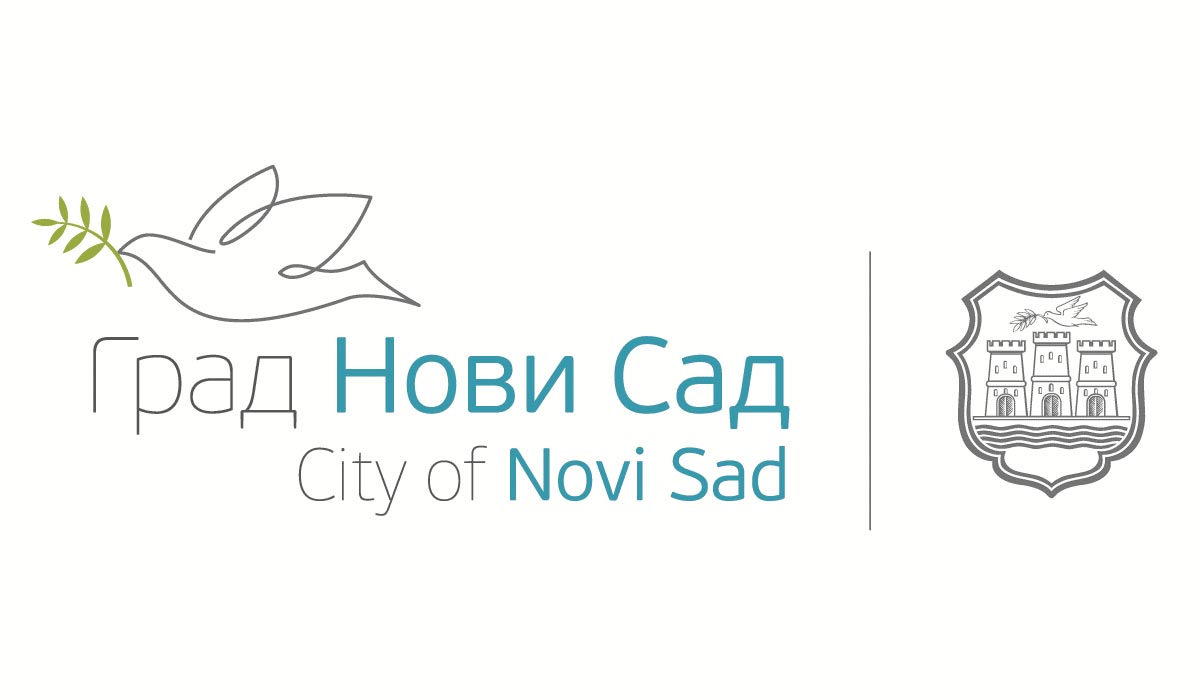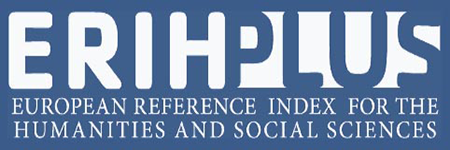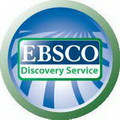CONTRIBUTIONS TO THE STUDY OF NELEID ANTHROPONYMY IV: THE HEROIC NAME NESTOR AS A PERSONAL NAME AMONG THE HELLENES
Abstract
This paper explores the heroic Greek name Nestor (Νέστωρ) and its distribution as a personal name in the Hellenic world.The name Nestor, as a personal name, is almost equally common in the Ionian areas of the Hellenic World (Attica, the islands in the Cyclades, Ionia in Asia Minor), as it is in the predominantly Doric areas (Peloponnese, the islands of Rhodes and Kos), but also in Epirus, Macedonia and in the Hellenic settlements beyond the mainland Greece. It is indisputable that this distribution of the name must have been influenced by the fact that Nestor was one of the most notable heroes of ancient Hellenic epics with a significant role in the two most important Homeric epics. As in the case of some other Neleid names, the heroic name Nestor could have seemed attractive and desirable for naming male children, in particular from the point of view of Nestor's glorious offspring with whom several aristocratic families from different parts of the Greek world wanted to be identified. Additionally, in the subsequent periods (Hellenistic and Roman), the names taken from the mythological repertoire were very popular among the educated members of the local elites. They perceived Nestor as a model of a wise teacher and counselor. It seems that the name Nestor might have sound to contemporaries primarily as a good name for a wise and educated Hellene. In this way, the reasons for giving the name Nestor to newborn Hellenic children gradually moved from the sphere of politics to the sphere of culture, as had been the case with some other heroic names, but also with some which were not associated with heroes.The anthroponym Nestor at the time often occurred in combination with other heroic names.
Downloads
References
Bechtel, F. Die historischen Personennamen des Griechischen bis zur Keiserzeit, Halle a. d. S.: Max Niemeyer, 1917.
Brillante, C. ʻNestore Gerenio: le origini di un epitetoʼ, in: E. De Miro, L. Godart, A. Sacconi (eds.), Atti e memorie del secondo congresso internazionale di micenologia 1991, Roma: Gruppo Editoriale Internazionale, 1996, 209-219.
Büyükkolanci, M. and Engelmann, H. ʻInschriften aus Ephesosʼ, Zeitschrift für Papyrologie und Epigraphik, 120, 1998, 65-82.
Cabanes, P. L’Épire de la mort de Pyrrhos à la conquête romaine (272-167 av. J.C.), Paris: Belle Lettres, 1976.
Faraone, C. A. ʻTaking the “Nestor’s Cup Inscription“ Seriously: Erotic Magic and Conditional Curses in the Earliest Inscribed Hexametersʼ, Classical Antiquity, 15, 1996, 77-112.
Frame, D. The Myth of Return in Early Greek Epic, New Haven: Yale University Press, 1978.
Gantz, T. Early Greek Myth. A Guide to Literary and Artistic Sources, Baltimore, London: The Johns Hoplins University Press, 1993.
Hainsworth, B. The Iliad. A Commentary, Vol. III, Books 9-12, Cambridge: Cambridge University Press, 1993.
Hansen, P. A. ʻPithecusan Humour. The Interpretation of ‘Nestor’s Cup’ Reconsideredʼ, Glotta, 54, 1976, 25-43.
Heubeck, A. ʻBemerkungen zu einigen griechischen Personennamen auf den Linear-B Tafelnʼ, Beiträge zur Namenforschung, 8, 1957, 28-35.
Hornblower, S. Mausolus, Oxford: Clarendon Press, 1982.
Ilievski, P. Hr. The Life of Mycenaeans in Their Own Records: With a Special Regard to the Onomastic and Prosopographic Deductions, Skopje: Makedonska akademija na naukite i umetnostite, 2000. [Илиевски, П. Хр., Животот на Микенците во нивните писмени сведоштва: со посебан осврт кон ономастичките и просопографски изводи, Скопје: Македонска академија на науките и уметностите, 2000]
Janko, R. Homer, Hesiod and the Hymns: Diachronic Development in Epic Diction, Cambridge: Cambridge University Press, 1982.
Jones, N. F. Public Organization in Ancient Greece: A Documentary Study, Philadelphia: American Philosophical Society, 1987.
Kamptz, H. von. Homerische Personennamen: sprachwissenschaftliche und historische Klassifikation, Göttingen: Vandenhoeck & Ruprecht, 1982.
Kretchmer, ʻP. Mythische Namenʼ, Glotta, 4, 1913, 305-309.
Malkin, I. The Returns of Odysseus. Colonization and Ethnicity, Berkeley and Los Angeles: University of California Press, 1998.
Masson, O. Onomastica Graeca Selecta I-II, Pariz: Centre National de la Recherche Scientifique, 1990.
Masson, O. ʻNouvelles notes d’anthroponymie grecqueʼ, Zeitschrift für Papyrologie und Epigraphik, 91, 1992, 107-120.
Mühlestein, H., ʻNamen von Neleiden auf den Pylostäfelchenʼ, Museum Helveticum, 22, 1965, 158-159.
Mühlestein, H. Homerische Namenstudien, Frankfurt am Main: Althenäum, 1987.
Münsterberg, R. Die Beamtennamen auf den griechischen Münzen, Hildesheim, Zürich, New York: Georg Olms, 1985.
Murray, O. ʻNestor’s Cup and the Origins of the Greek Symposionʼ, in: B. d’Agostino, D. Ridgway (eds.), APOIKIA. Scritti in onore di G. Buchner, Naples: Instituto universitario orientale, 1994, 47-54.
Obradović, M. ʻHerojsko ime Antiloh kao lično ime kod Helenaʼ, Istraživanja, 23, 2012, 95-109. [Обрадовић, М. „Херојско име Антилох као лично име код Хелена“, Истраживања, 23, 2012, 95-109.]
Obradović, M. ʻPrilozi proučavanju neleidske antroponimije II: herojsko ime Trasimed kao lično ime kod Helenaʼ, Istraživanja, 24, 2013, 23-39. [Обрадовић, М. „Прилози проучавању нелеидске антропонимије II: херојско име Трасимед као лично име код Хелена“, Истраживања, 24, 2013, 23-39.]
Obradović, M. ʻPrilozi proučavanju neleidske antroponimije III: herojsko ime Pejsistrat kao lično ime kod Helenaʼ, Istraživanja, 25, 2014, 25-42. [Обрадовић, М. „Прилози проучавању нелеидске антропонимије III: херојско име Пејсистрат као лично име код Хелена“, Истраживања, 25, 2014, 25-42.]
Pavese, C. O. ʻLa iscrizione sulla kotyle di Nestor da Pithekoussaiʼ, Zeitschrift für Papyrologie und Epigraphik, 114, 1996, 1-23.
Powell, B. B. Homer and the Origin of the Greek Alphabet, Cambridge: Cambridge University Press, 1991.
Roisman, H. ʻNestor the Good Counsellorʼ, Classical Quarterly, 55, 2005, 17-38.
Rüter, K. and Matthiessen, K. ʻZum Nestorbecher von Pithekussaiʼ, Zeitschrift für Papyrologie und Epigraphik, 2, 1968, 231-255.
Schofield, M. ʻEuboulia in the Iliadʼ, Classical Quarterly 36, 1986, 6-31.
Schröder, S. ʻNochmals zum Ostrakon gegen Krates Athmoneusʼ, Zeitschrift für Papyrologie und Epigraphik, 96, 1993, 37-45.
Sherwin-White, S. M. Ancient Cos: An Historical Study from the Dorian Settlement to the Imperial Period (Hypomnemata 51), Göttingen: Vandenhock and Ruprecht, 1978.
Solin, H. Die griechischen Personennamen in Rom. Ein Namenbuch, I-III, Berlin, New York: de Gruyter, 1982.
Tataki, A. Macedonians Abroad: A Contribution to the Prosopography of Ancient Macedonia (Melethmata 26), Athens: Research Centre for Greek and Roman Antiquity, 1998.
Ventris, M. and Chadwick, J. Documents in Mycenaean Greek. Three hundred selected tablets from Knossos, Pylos and Mycenae with commentary and vocabulary, Cambridge: Cambridge University Press, 19732.
Visser, E. Homers Katalog der Schiffe, Stuttgart: B. G. Teubner, 1997.
Wade-Gery, H. T. The Poet of the Iliad, Cambridge: Cambridge University Press, 1952.
Walbank, F. W. A Historical Commentary on Polybius, Vol. III: Commentary on books XIX-XL, Oxford: The Clarendon Press, 1979.
Watkins, C. ʻObservations on the ‘Nestor’s Cup’ Inscriptionʼ, Harvard Studies in Classical Philology, 80, 1976, 25-40.
West, St. ʻNestor’s Bewitching Cupʼ, Zeitschrift für Papyrologie und Epigraphik, 101, 1994, 9-15.
Willemsen, F. and Brenne, S. ʻVerzeichnis der Kerameikos-Ostrakaʼ, Athenische Abteilung, 106, 1991, 147-156.












